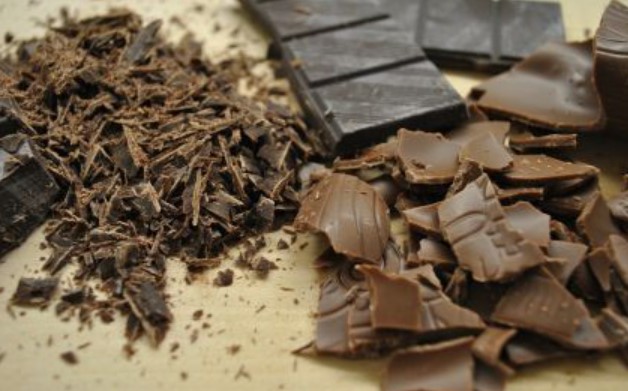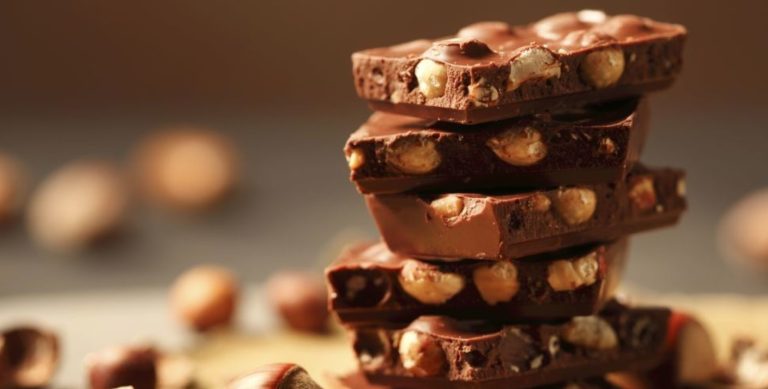Especially in the run-up to Christmas, it is literally on everyone’s lips: chocolate. With hardly any other confectionery, however, do you have to differentiate so much between sweets and luxury foods. The gap between mass and quality products is too big. Here are 9 tips on how to distinguish a high-quality chocolate from an inferior chocolate. One thing in advance: It is not always the price and noble brand image in advertising that indicate the quality.
Which seals can be seen on the chocolate?

Even a quick look at the packaging gives conclusions as to what is important to the manufacturer. If the organic seal is shown, only ingredients from organic farming are used. This excludes the use of plant toxins and guarantees biodiversity on the plantations. In combination with the Rainforest Alliance seal, social components are added, e.g. the exclusion of child labor. The Fairtrade seal also guarantees safe prices for the producers.
Does the manufacturer exclude child labor?
Child labor is a big problem – especially on the large cocoa plantations of West Africa. This is where most of the cocoa used worldwide comes from. Where does the cocoa come from and can the manufacturer prevent exploitative child labor? A look at the website should show whether something is actively being done in this area.
Questionable ingredients
Emulsifiers such as soy lecithin, the ecologically controversial palm oil or vanillin – a synthetically produced flavoring – should not appear in the list of ingredients. Conventional soy lecithin in particular is mostly obtained from genetically modified soy plants.
Around 80% of the soy grown worldwide is not grown sustainably and has a high level of pollution.
Cocoa butter or cheap fats?
An essential part of a good chocolate is the cocoa butter. This pressed fat from the cocoa fruit is a very high-quality raw material that gives chocolate a particularly intense melt. How much cocoa butter does it contain? The approximate amount can be derived from the position in the list of ingredients. Cocoa butter should be mentioned first.
Cheap chocolate often cheats with cheaper fats, such as butterfat or palm fat, the extraction of which is ecologically problematic.
Which sugar is used?
When it comes to sugar, there are some massive differences. Industrially processed refined sugar has often come under criticism. Better variants here are raw cane zocker or alternative natural sweeteners such as xylitol, coconut blossom sugar or agave syrup. Most of these original species still contain valuable minerals.
How is the chocolate packed?
Of course, the quality of the packaging does not determine the quality of the chocolate. Nevertheless, both should fit together. An organic chocolate thickly wrapped in plastic, lacquered or aluminum-coated composites raises critical questions. In general, there are now many ecological packaging alternatives (such as the compostable Natureflex film, which is used for VIVANI chocolates). Just ask the manufacturer or look it up on the website.
Is the chocolate produced sustainably?
If you are on the manufacturer’s website, it is also advisable to take a look at the place and type of manufacture. What do you find out about this? Is production climate-neutral? Do you pay attention to efficient energy management? Are sustainable packaging materials used and are mineral oil-free printing inks used in the packaging? If a lot of this is the case, the manufacturer doesn’t want to make a quick buck, but pays attention to the environment in a responsible manner.
The chocolate has turned white. is that mold
All clear: mold is not. But so-called fat bloom. This can form if the chocolate has been exposed to excessive temperature fluctuations. If it is stored too warm, the chocolate “sweats”. The fats come to the surface and are deposited as a whitish layer. The chocolate tastes rather bland and old and has a crumbly consistency. Nevertheless, please do not store chocolate in the refrigerator. It binds foreign odors.
Last but not least: the taste

In the end, of course, the all-important question: How does the chocolate taste? Does she have a fine enamel? Does the cocoa used have exciting aromas? Are there other ingredients that create sophisticated side effects? Do hazelnuts and almonds taste nice and roasted? Is the level of sweetness balanced? Of course, everyone has their own preferences and is their own – and also their best – expert.






